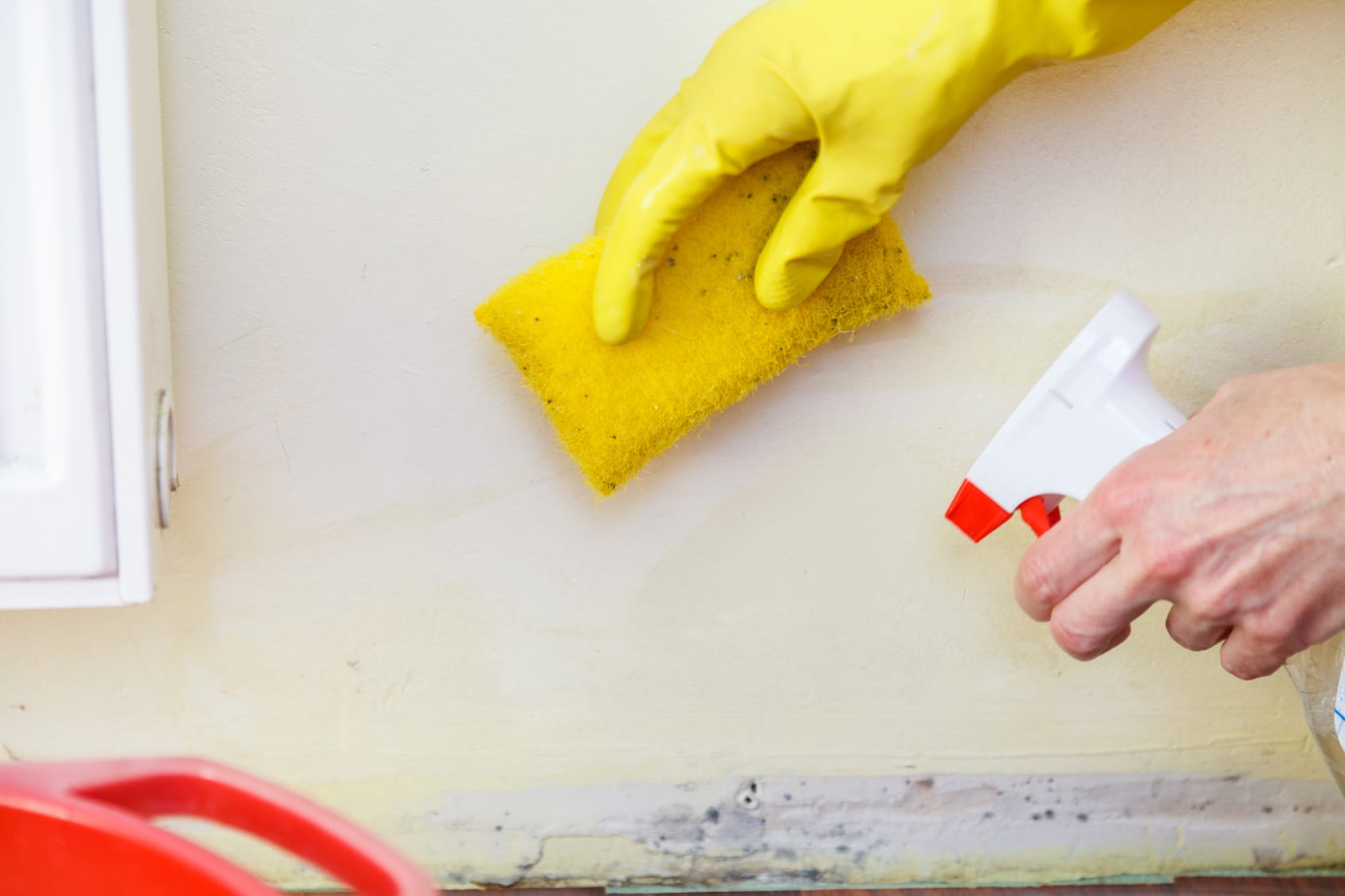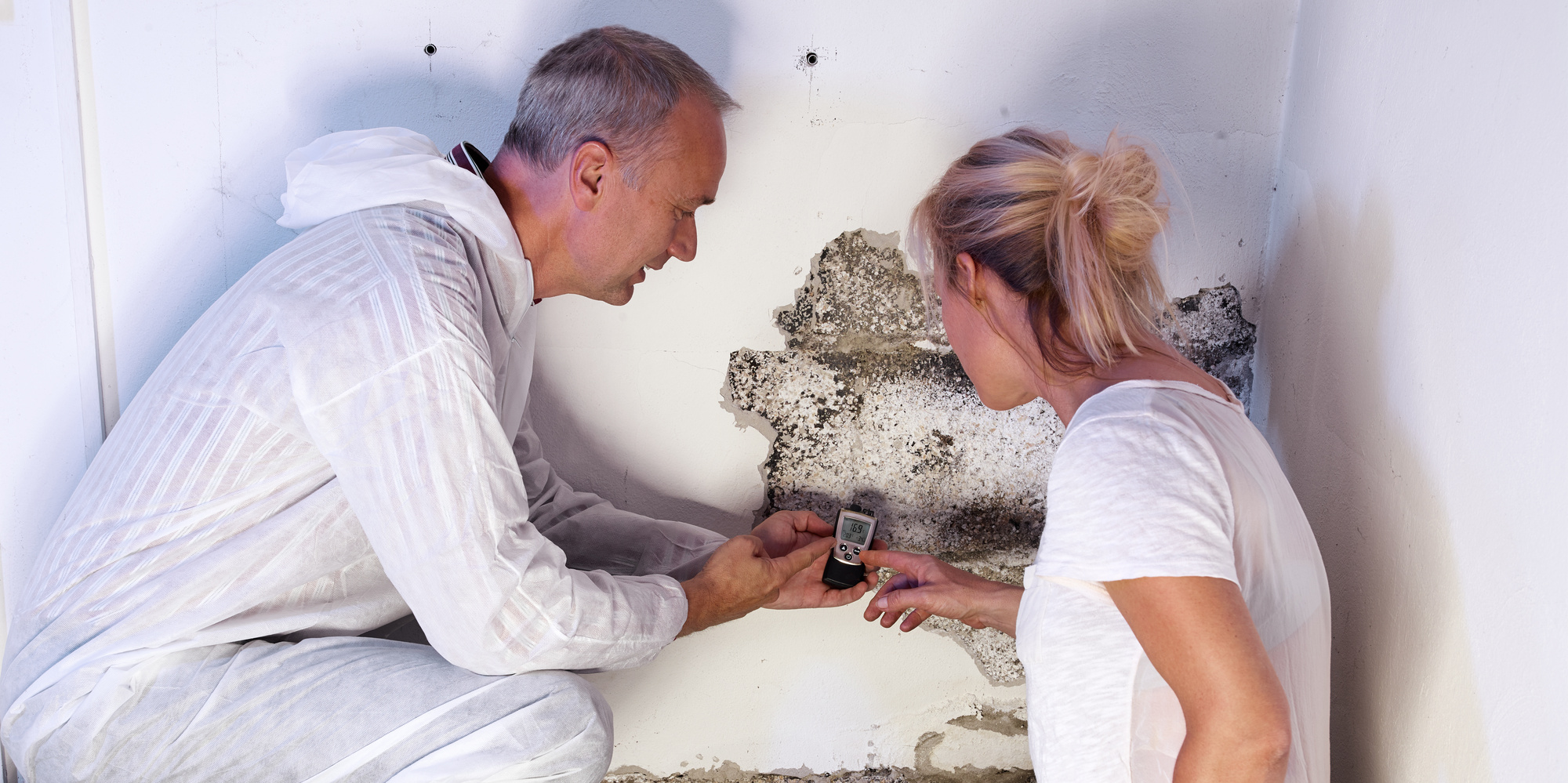Assistance on What to Do After Mold Remediation
Wiki Article
Expert Tips for Post Mold And Mildew Remediation Success
In the realm of mold remediation, effectively removing mold and mildew is just half the fight; the real challenge lies in stopping its reappearance. By adhering to skilled suggestions and ideal methods, individuals can safeguard their rooms versus mold and mildew revival and maintain a healthy interior environment.
Display Moisture Levels Consistently
After finishing mold and mildew removal procedures, maintaining ideal moisture levels is important to prevent mold re-growth and ensure a healthy interior setting. High moisture levels over 60% produce a helpful atmosphere for mold and mildew to thrive, making routine keeping an eye on a positive procedure to avoid any type of future mold and mildew problems.Utilizing hygrometers or moisture meters can aid in accurately measuring humidity levels in various areas of the property. These tools give real-time information that makes it possible for remediation professionals to make informed choices relating to ventilation, dehumidification, and various other needed actions to keep ideal humidity levels post-remediation. Additionally, developing a routine timetable for humidity checks, particularly in high-risk locations such as cellars, kitchen areas, and shower rooms, is a positive strategy to mold prevention. By constantly keeping an eye on humidity degrees, property proprietors can effectively minimize the danger of mold and mildew reoccurrence and preserve a healthy and balanced interior atmosphere post-remediation.
Conduct Thorough Inspections Post-Remediation
Adhering to the conclusion of mold removal procedures, it is critical to perform extensive examinations to verify the effectiveness of the removal procedure. These post-remediation assessments are essential in guaranteeing that the mold and mildew problem has been successfully dealt with and that there is no recurrence or staying mold and mildew growth. Assessments need to be accomplished by certified specialists that have proficiency in determining mold and analyzing indoor air high quality.Throughout these inspections, numerous approaches such as aesthetic analyses, air tasting, and surface area tasting might be used to completely review the remediated locations. Visual evaluations entail an in-depth assessment of the facilities to look for any visible indications of mold and mildew development or water damages. Air tasting assists in figuring out the airborne mold spore levels, while surface sampling can detect mold fragments on surface areas.
Implement Proper Ventilation Approaches
After ensuring the efficiency of the mold remediation process via detailed inspections, the following essential action is to concentrate on carrying out correct air flow techniques. Appropriate air flow is essential in protecting against mold and mildew reoccurrence by controlling moisture degrees and advertising air circulation. To attain this, it is suggested to make use of exhaust fans in areas susceptible to high humidity, such as cooking areas and washrooms. Furthermore, opening up windows and doors when weather permits can help boost air flow and minimize dampness build-up. Air dehumidifiers and cleansers are likewise important tools in keeping optimum interior air quality.
Correct ventilation not only aids in stopping mold development yet additionally adds to the overall health and wellness and convenience of residents. By ensuring adequate ventilation throughout the property, you can lower the threat of mold and mildew regrowth and produce a healthier living atmosphere. Regular maintenance of air flow systems, consisting of cleaning and filter replacements, is important to sustaining effective air flow. Consulting with heating and cooling experts can supply more insights right into maximizing ventilation approaches for your particular property needs.

Usage Mold-Resistant Materials for Repair Works
To enhance the long-lasting effectiveness of mold removal initiatives, including mold-resistant products for repair services is essential Full Article in mitigating the threat of future mold growth. Mold-resistant materials are made to stand up to moisture and inhibit mold growth, making them a necessary choice for locations prone to moisture and moisture. When repairing areas influenced by mold, utilizing materials such as mold-resistant drywall, mold-resistant paints, and mold-resistant caulking can aid avoid mold recurrence.Mold-resistant drywall is an excellent alternative to standard drywall in locations like basements and bathrooms where wetness levels are higher. This sort of drywall has a special finishing that withstands mold development also when revealed to damp problems. In addition, making use of mold-resistant paints having antimicrobial agents can even more prevent mold and mildew advancement on ceilings and walls.
In locations where wetness prevails, such as washrooms and cooking areas, utilizing mold-resistant caulking around sinks, windows, and tubs can aid secure out water and prevent mold from holding in splits and crevices. By purchasing these mold-resistant materials during repair services post-remediation, you can considerably decrease the probability of future mold issues and maintain a healthier interior setting.
Maintain Cleanliness and Address Water Issues
Guaranteeing sanitation and promptly dealing with water issues are fundamental methods to promote in protecting indoor areas from mold and mildew reinfestation. After mold remediation, it is critical to keep a tidy atmosphere to stop the regrowth of mold and mildew (Post remediation mold testing near me). Routine cleaning, dusting, and vacuuming can aid eliminate any sticking around mold spores and stop them from multiplying and settling. Furthermore, maintaining indoor spaces completely dry and resolving any water issues quickly is crucial in mold and mildew prevention. Leaks, water invasion, or high humidity degrees can develop the excellent breeding ground for mold, so it is essential to fix any type of water-related issues instantly.To keep cleanliness, take into consideration using HEPA filters in vacuum cleaners and air cleansers to catch mold and mildew spores and avoid their circulation in the air. Making sure correct ventilation in areas vulnerable to moisture accumulation, such as kitchens and shower rooms, can help maintain moisture levels in check. By staying alert regarding sanitation and resolving water problems without delay, you can efficiently stop mold and mildew reinfestation and maintain a healthy and balanced interior environment.
Verdict

In the world of mold and mildew removal, effectively removing mold and mildew is only half the fight; the true difficulty exists in stopping its reappearance. After finishing mold and mildew removal procedures, keeping optimum moisture levels is crucial to stop mold and mildew re-growth and make sure a healthy and balanced interior atmosphere. High humidity levels over 60% develop a conducive setting for mold to thrive, making normal keeping an eye on a proactive procedure to protect against any type of future mold problems.
To improve the long-term performance of mold removal initiatives, integrating mold-resistant products for fixings is important in mitigating the danger of future mold and mildew growth. After mold remediation, it is critical to maintain a tidy environment to stop the regrowth of mold and mildew.
Report this wiki page